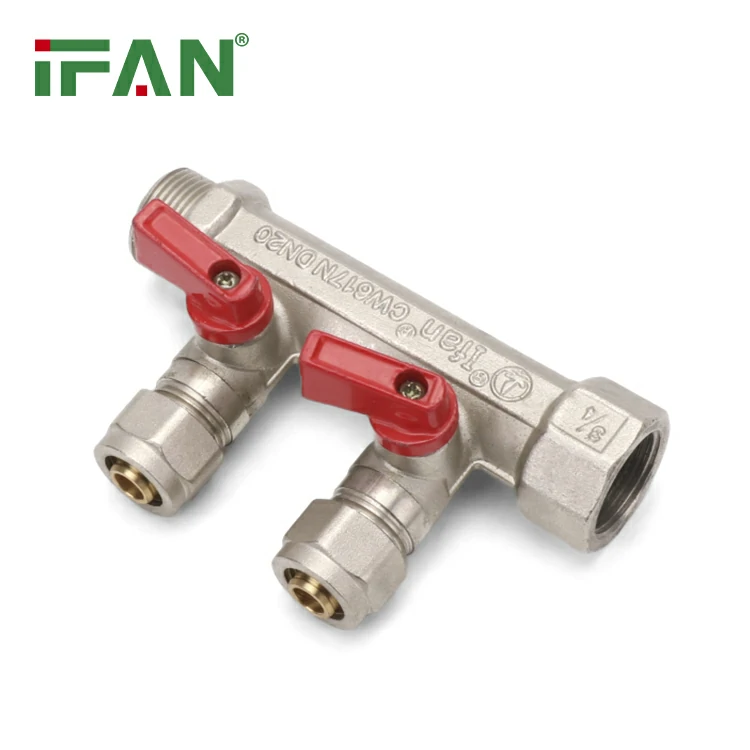Understanding the Manifold’s Role
A manifold distributes fluids or gases in systems like engines, HVAC, or plumbing. It ensures balanced flow to multiple outlets. In cars, it manages air-fuel mixture intake and exhaust. A failing water distributor disrupts efficiency, causing performance issues. For example, a cracked exhaust water distributor leaks gases, reducing engine power.
Common Symptoms of a Failing Manifold
Signs include unusual noises, leaks, or performance drops. A damaged intake manifold may cause rough idling. An exhaust manifold crack produces loud ticking sounds. In heating systems, uneven heat distribution indicates a faulty water distributor. Immediate inspection prevents further damage.
Engine Performance Issues
A bad manifold reduces engine efficiency. Air leaks in the intake water distributor create a lean fuel mixture. This leads to misfires and poor acceleration. Exhaust leaks before the oxygen sensor cause incorrect fuel adjustments. Performance declines, and fuel economy worsens.
Increased Emissions and Pollution
A leaking exhaust manifold releases unburned gases. This increases harmful emissions like CO and NOx. Failed manifolds often trigger the “check engine” light. In emissions tests, vehicles with water distributor leaks usually fail. Repairing it ensures compliance with environmental regulations.
Overheating Risks in Engines
Exhaust manifold cracks allow hot gases to escape. These gases can melt nearby components. In severe cases, engine bay fires may occur. Coolant leaks from a cracked intake water distributor also cause overheating. Proper maintenance prevents catastrophic engine damage.

HVAC System Failures
In hydronic heating, a faulty manifold disrupts water flow. Some radiators get too hot while others stay cold. Air trapped in the system reduces efficiency. Replacing a damaged water distributor restores balanced heating. Regular flushing prevents mineral buildup.
Safety Hazards from Leaks
Exhaust leaks near the cabin pose carbon monoxide risks. A cracked intake manifold may allow debris into the engine. In industrial systems, high-pressure gas leaks are dangerous. Immediate repairs prevent accidents and health risks.
Repair or Replacement Costs
Manifold repairs vary by system. Automotive exhaust manifolds cost 200−200−1000 to replace. HVAC manifolds may need full system flushing. Delaying repairs increases long-term expenses. Professional diagnosis ensures cost-effective solutions.
Conclusion
A failing manifold affects performance, safety, and efficiency. Early detection prevents costly damage. Regular inspections extend the lifespan of critical systems. Addressing issues promptly ensures optimal operation.

